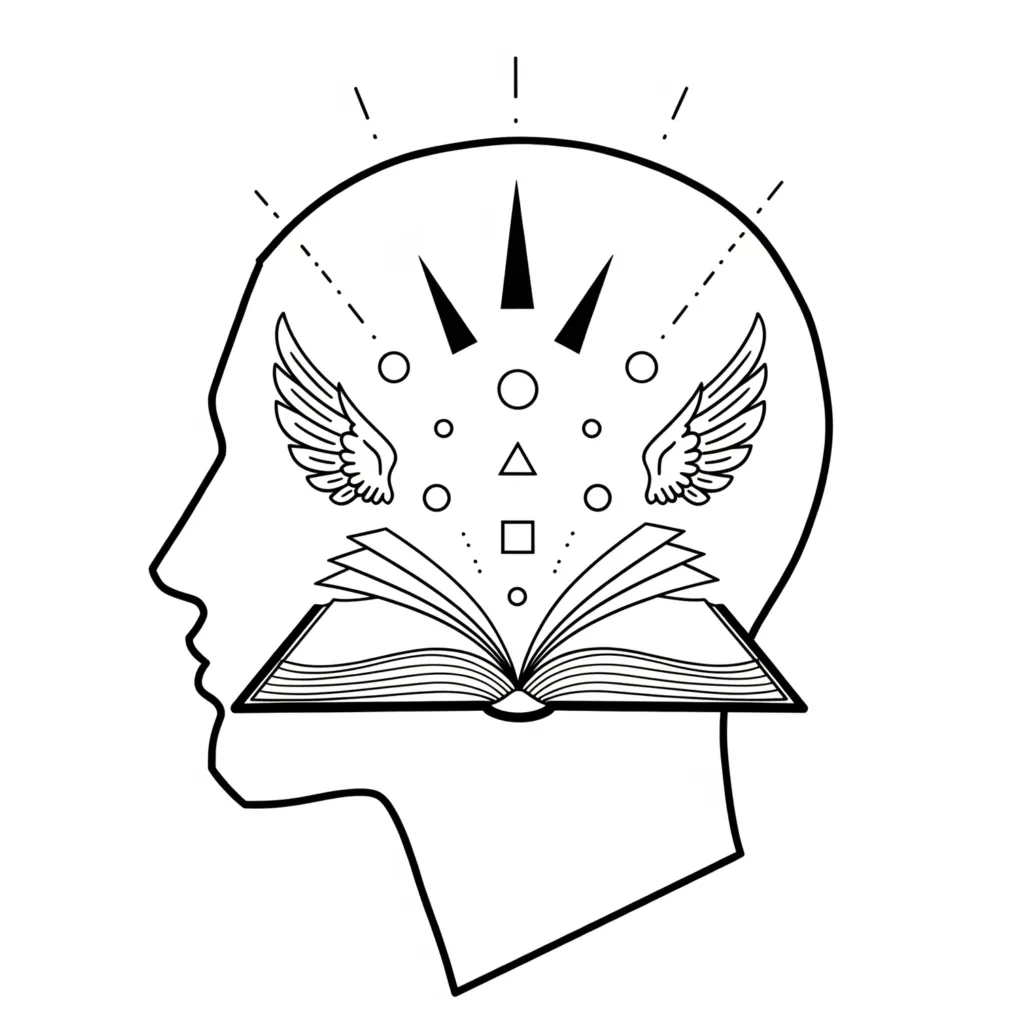
Isaiah declares: “His burden will be taken away from off your shoulder, and his yoke from off your neck” (Isaiah 10:27). Later he says: “They shall swoop down on the shoulder of the Philistines” (Isaiah 11:14). These are not simply battlefield directions. They are part of a larger symbolic pattern: the Bible is taking place in the head — in the mind, the seat of imagination. The ultimate POV.
The Body as Map of the Mind
Scripture uses head allegory to show what happens within:
-
Neck – the place of bondage or release. A yoke rests here, symbolising the weight of limiting thoughts. When broken, the imagination is freed.
-
Shoulder – where dominion rests. “The government shall be upon his shoulder” (Isaiah 9:6). Authority is borne here, not just physical loads.
-
Head – the centre stage. Nebuchadnezzar is told: “You are the head of gold” (Daniel 2:38). The head is crowned, anointed, lifted, or bowed — all symbols of the rise and fall of consciousness.
-
Forehead – the place of sealing and fixing ideas. “Set a mark on the foreheads of the men that sigh and cry” (Ezekiel 9:4). In Revelation, the name is written there — the fixed identity.
-
Lifting the head – an image of raising perception: “Lift up your heads, O gates” (Psalm 24:7).
The consistent imagery shows that the “battlefield” is not geography but the mind itself. You can read more on 'head as the house' allegory here.
Trees as Symbols of the Inner Life
Alongside the body imagery runs another constant stream: trees.
-
“You shall be like a tree planted by streams of water” (Psalm 1:3).
-
“Every tree that does not bear good fruit is cut down” (Matthew 7:19).
-
“The trees of the field shall clap their hands” (Isaiah 55:12).
Trees symbolise the man within:
-
Roots – the hidden subconscious foundations.
-
Trunk – the self-image that stands in the world.
-
Branches and fruit – the outward results of belief.
Even whole kingdoms and empires are shown as trees: Nebuchadnezzar dreams of one towering in the midst of the earth (Daniel 4:10). The cross itself is called a tree (Acts 5:30), fixing an idea in imagination.
The Centre: The Tree of Life
Both body and tree imagery flow from one source: the Tree of Life in Eden.
Genesis tells us the Tree of Life stood “in the midst of the garden” (Genesis 2:9). The garden is the mind, and the tree at its centre is imagination itself — the creative life-force. To eat its fruit is to take into oneself the awareness of life eternal.
Because the tree is central in the mind, everything else — body imagery and tree imagery — branches out from it - the seed in itself - Genesis 1:11:
-
The head is the garden itself, the arena of imagination.
-
The neck and shoulder are points where burden or dominion are felt.
-
The trees of Scripture are the many states of man: cedars of pride, oaks of strength, palms of victory, figs of deceptive appearance, olives of anointing.
The Bible’s symbols all trace back to Eden. They are not scattered metaphors but parts of one living system rooted in the Tree of Life.
Revelation
Once this is seen, the Bible reveals its stage plainly. When it speaks of crowns on heads, yokes on necks, government on shoulders, or trees bearing fruit, it is not talking of outer landscapes. It is unveiling the inner life of man.
The Tree of Life at the centre of the mind is the source of all symbols. The body and the tree are two languages for the same truth: the whole drama of Scripture takes place in imagination, where life is conceived, rooted, and brought forth.
Tree of Life Series | Genesis 1:11 Series | Guides | Rock Series
